The Game
Becoming James Bond with luxury travel and hospitality concept

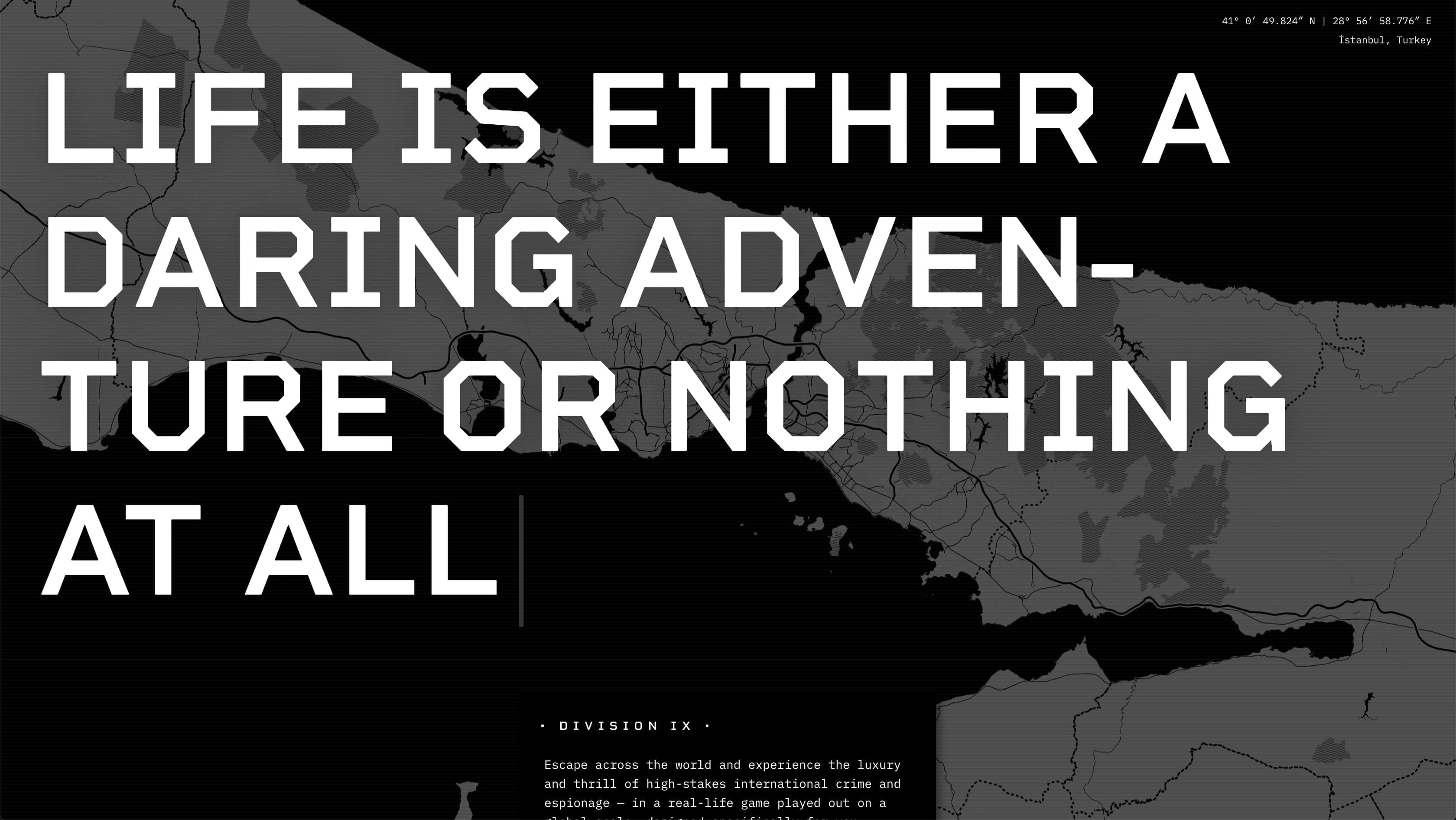
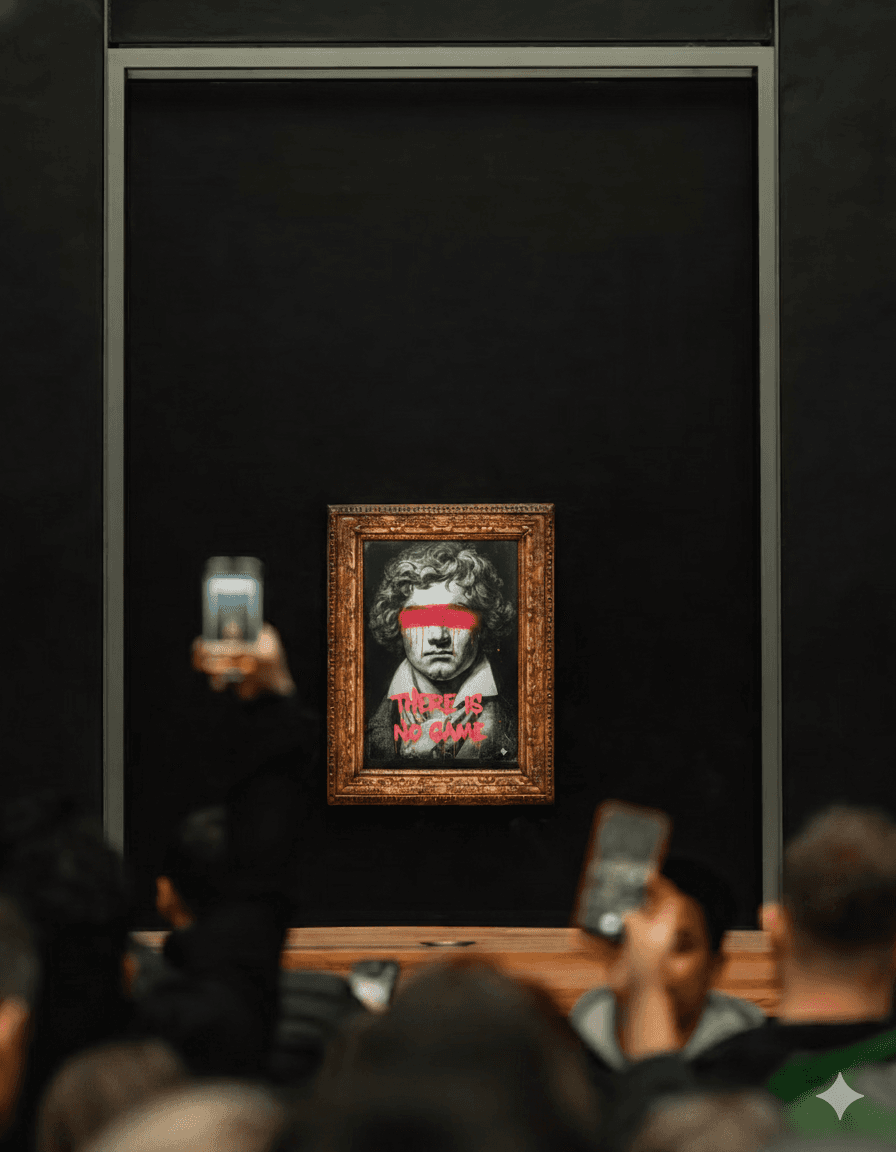
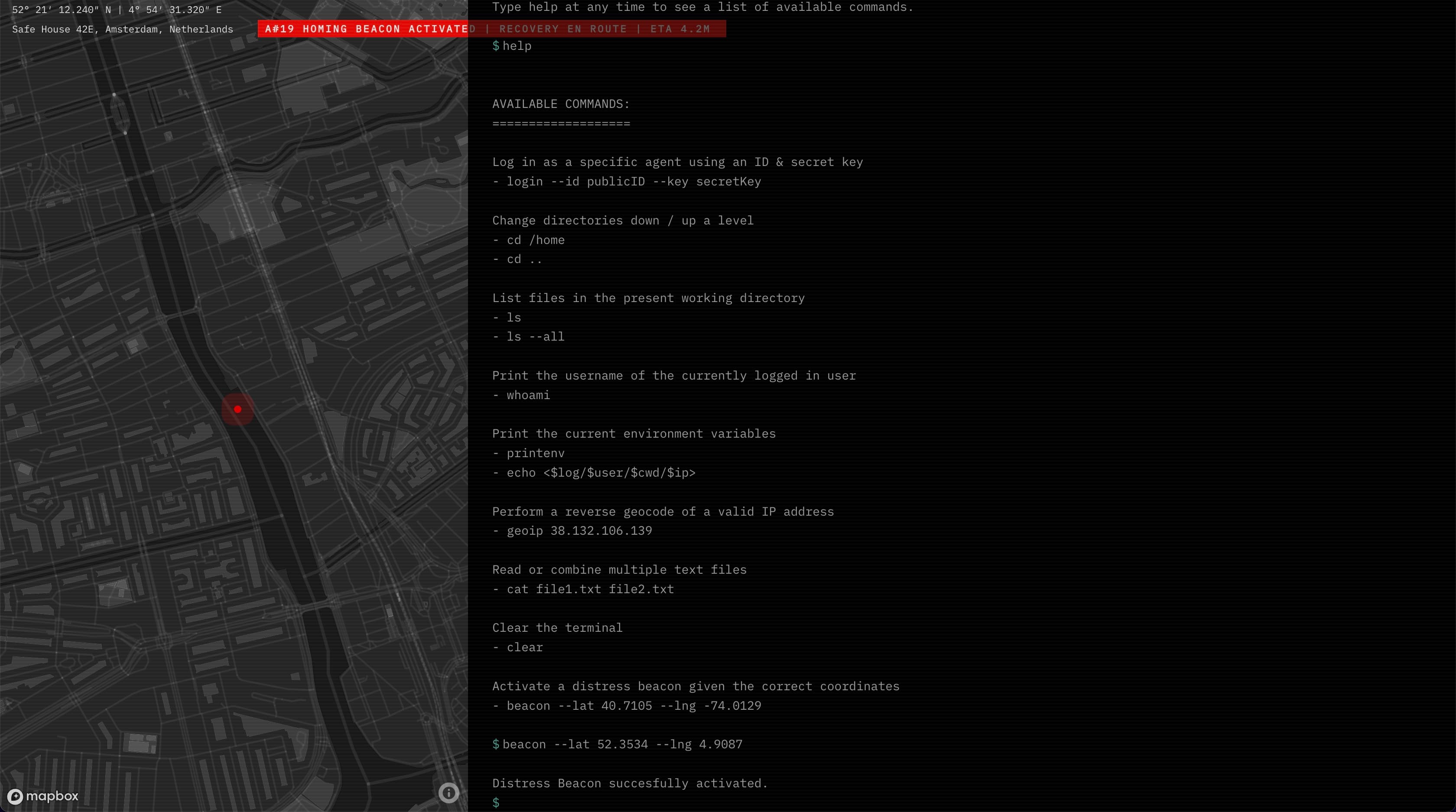
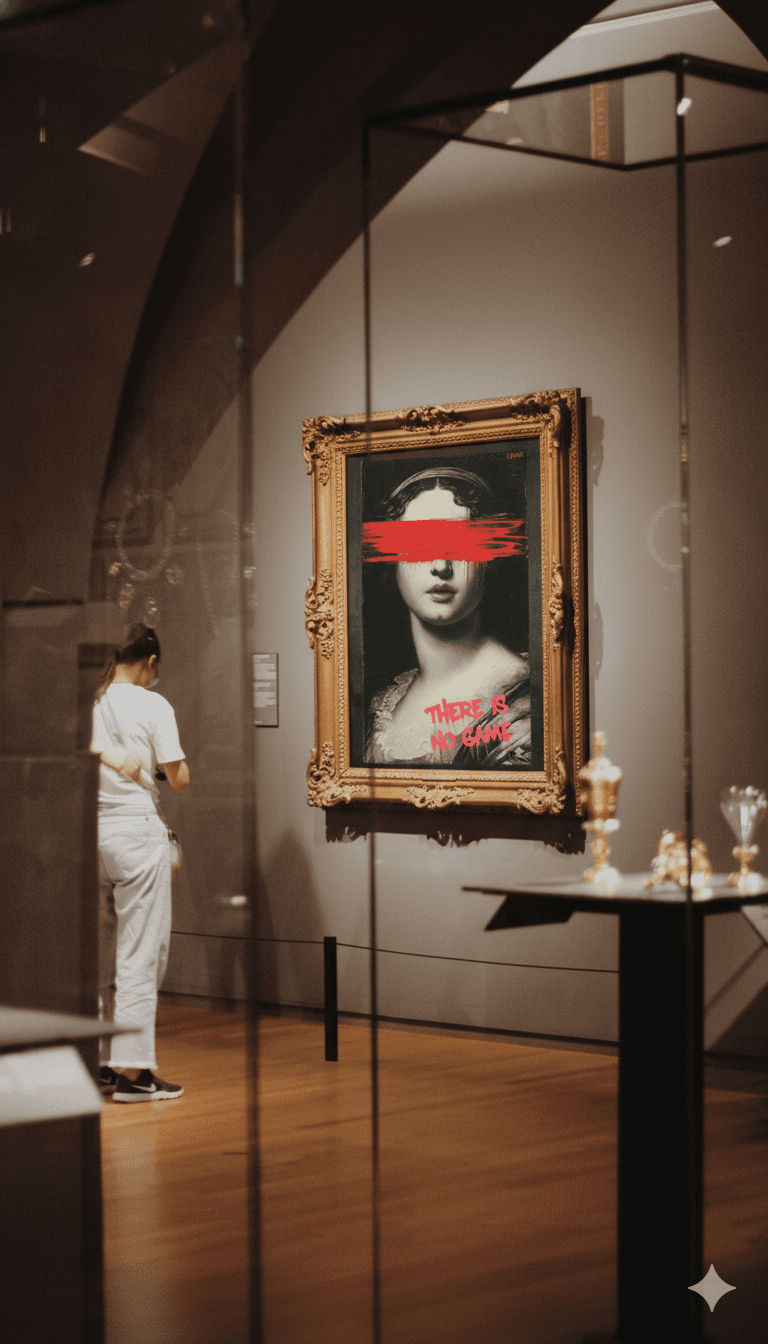
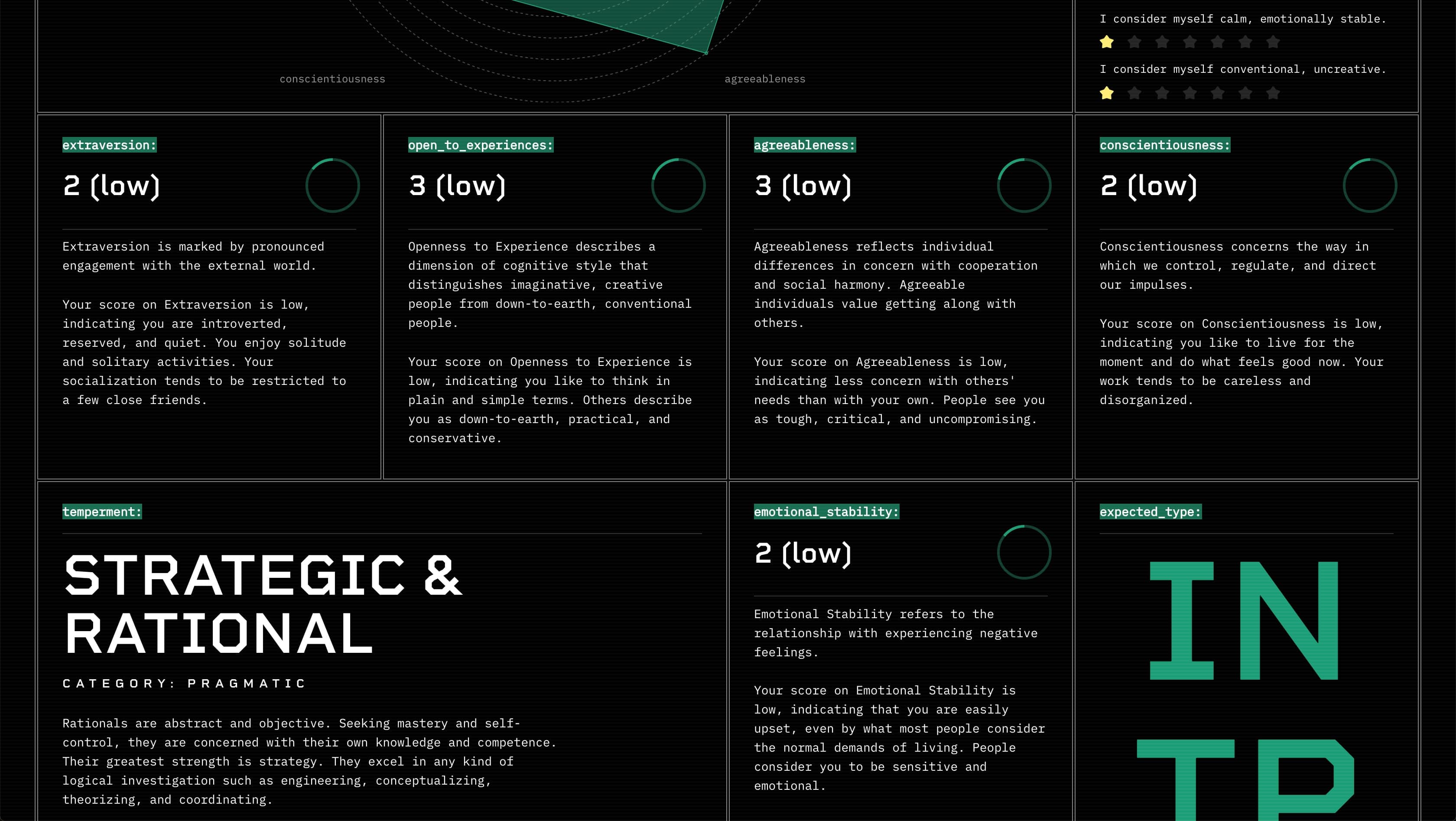
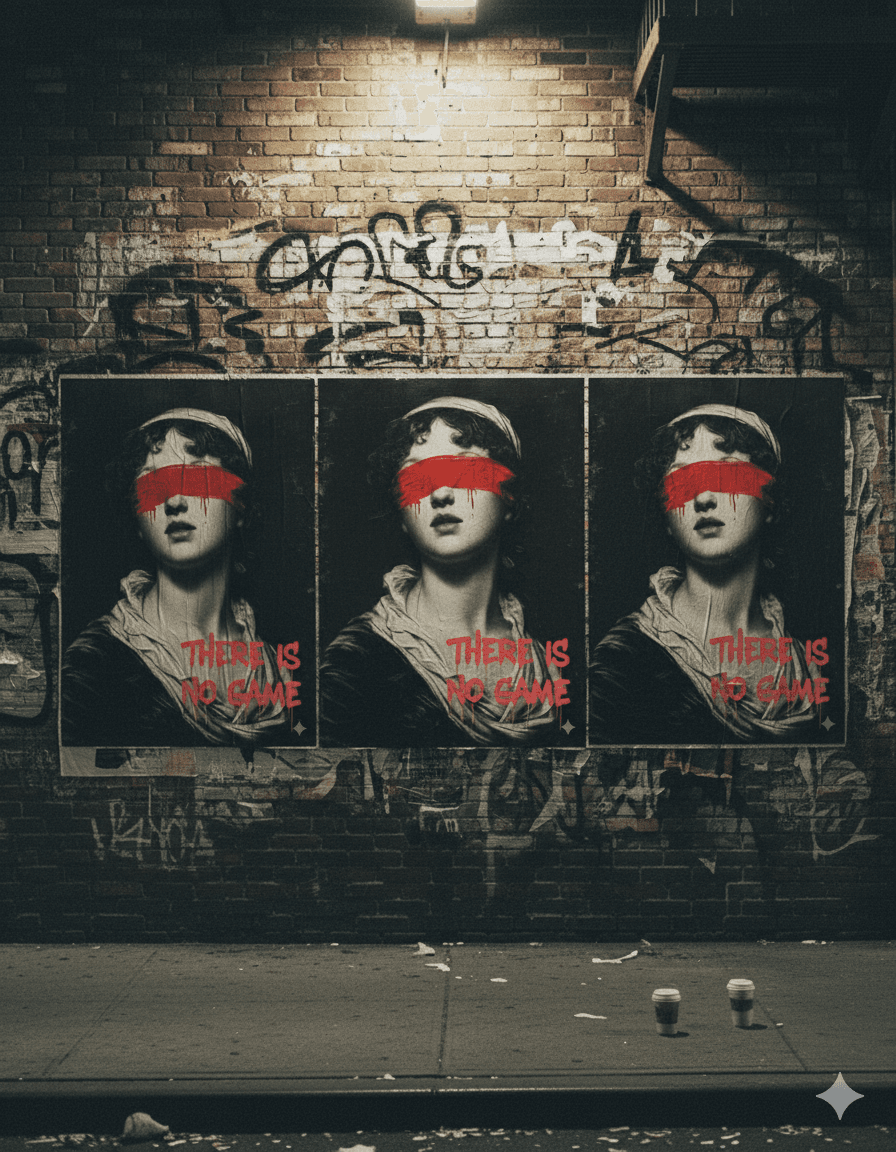
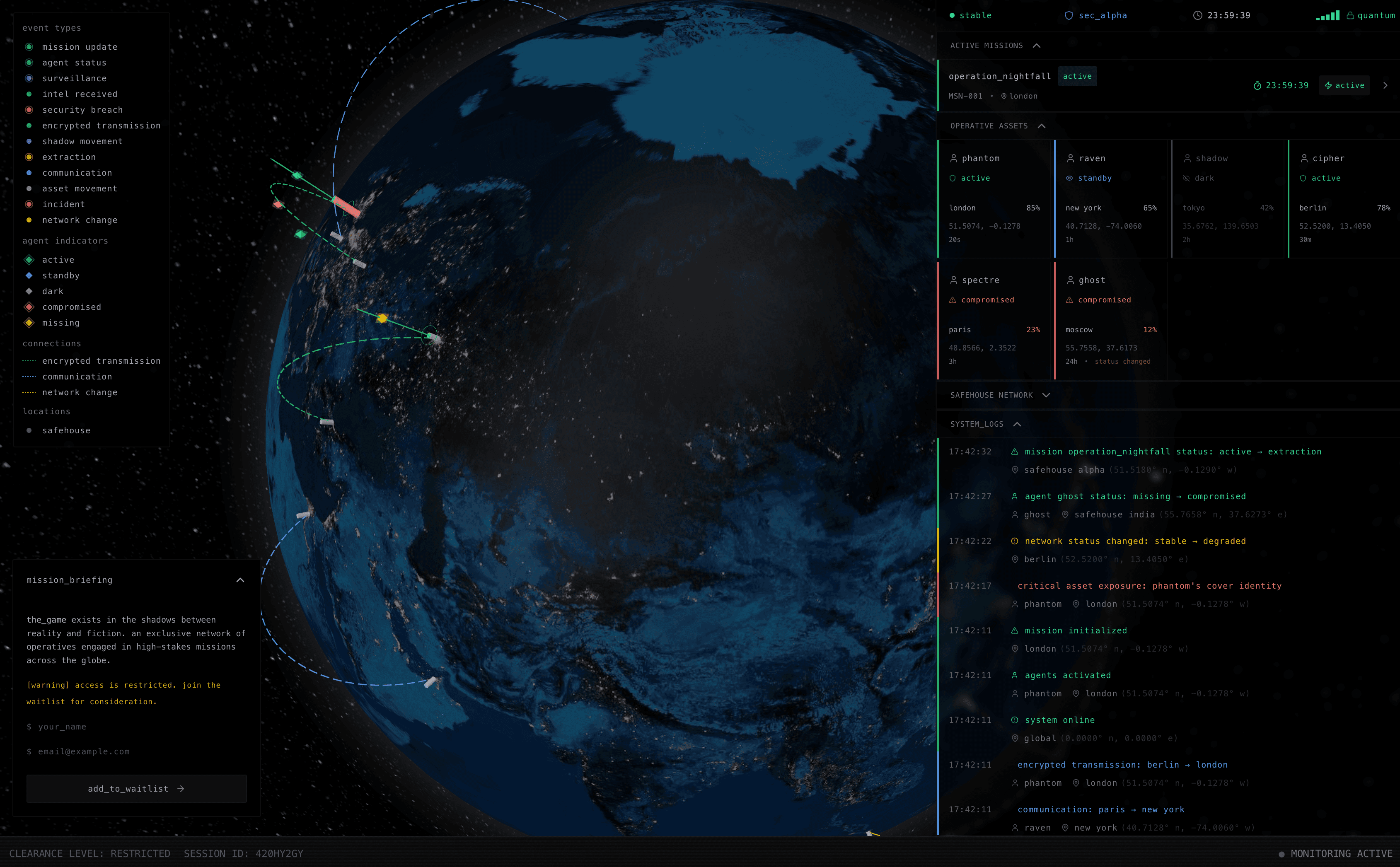
A few years ago, I walked into a building in Brooklyn and forgot where I was.
Theory11—the company behind custom playing cards and magic consulting for movies like Now You See Me—had retrofitted an entire building to promote The Magicians TV show. Each room transported you somewhere else entirely. A classroom covered in magic scribbling. An apothecary that felt like stepping into a vintage general store, bottles and herbs lining the walls. A dining room set in a magical foggy forest where you felt like you were actually outside, and the silverware moved by itself.
The production quality was so realistic, so detailed, that I was completely transported. For the first time, I understood what true immersion could feel like.
Then I went to Sleep No More. The environmental design was so convincing, the actors so committed to never breaking character, that I forgot I was in a theater. I was living in the story.
Walking out of both experiences, I kept thinking the same thing: how much further could we push this? How much more could we make people feel?
Most immersive experiences pull back. They compromise. Budget, safety, scale—there's always a reason to stop short.
Walk into most escape rooms and the spell breaks every thirty seconds. Foam walls your hands recognize as fake immediately. Digital countdown timers on iPads. Laminated instruction cards. Other participants giggling at their puzzles. You're always aware you're in a commercial experience with other customers, on a schedule, following a script someone optimized for maximum throughput.
The magic lasts moments before reality intrudes.
But what would happen if we didn't compromise?
The difference isn't in the production values or the cleverness of the puzzles. It's something deeper.
When I host an event, I feel completely different than when I attend one. When I'm hosting, I have a mission. I'm there for a reason. I feel significant. When I'm just attending, I'm a passive consumer.
That's what's missing from most immersive experiences. They make you a participant instead of an operative. They make you a guest instead of someone with a mission.
When you have a mission, you feel empowered. You matter. Without one, you're just a customer.
That's the difference between watching James Bond and being him.
This became something more than just a project idea. It became an artistic rebellion against the inauthentic experiences we're surrounded by daily.
I've always been moved by stories. I'll go to the movies alone and walk out feeling capable of taking on challenges I felt defeated about before going in. Watch something profound and spend the next week thinking deeper about relationships, about my place in the world, about what matters. Books and films have shaped how I see everything.
There's an irony in it: fiction can reveal deeper truth than daily life. That's why movies and books and stories work. The narratives bring out something more real than our routine existence.
I went into motion graphics in college because I loved the combination of design and filmmaking. I was always drawn to creating cinematic experiences. Hell, I shoot most of my travel photography using an old retrofitted anamorphic lens. But I couldn't have imagined it being... this. Creating real-life films that you exist inside. Immersive filmmaking that the world hasn't seen.
But I can't stop thinking about it.
The market has already been telling us this is what people want. In doing market research for this idea while attending Glion's Master of Science in Hospitality, Entrepreneurship and Innovation program, I spent months researching luxury travel behavior. What I found surprised me.
22.8 million High Net Worth individuals contribute 37% of global annual spend on international travel—$507.6 billion. That's half a trillion dollars a year from people actively seeking experiences. And the timing felt right: post-COVID travel surge, people antsy after being stuck in homes and boring lives, blockbuster movies booming but having lost their novelty to on-demand availability.
But what really confirmed it was this quote I found in HNW Lifestyle Advisor:

People want to be the hero, not just watch one.
So I started asking: what if we designed as if budget, safety, and scale didn't exist? Not "what can we afford to do?" but "what must we do to sustain belief for days?"
Your hands know the truth in three seconds. Cheap laminated folder, laser-printed credential card, foam brick wall.
Fake, costume, theater.
I started thinking about materials the way my mother thought about refinishing antiques. She was an antique dealer, and I'd watch her in the driveway during summers, stripping pieces that looked rough when she found them. Sanding them smooth, then smoother still. Refinishing, coating, taking her time. There was something almost reverent in the way she worked. Like she was pulling their history into the present, making them beautiful and new again while honoring all the weight and richness of their past.
The Game would need that same reverence. Not props that signal "experience"—materials that pass close examination. Things with weight, texture, history. When you hold something that feels real, your brain stops questioning and starts accepting. The tactile experience maintains the narrative between dialogue beats.
This isn't about aesthetic preference—it's about psychological necessity. And yes, it's expensive. Real materials cost 10-20x what foam props cost. But the difference is belief.
The same thinking applies to everything—physical or digital. Does this interaction have weight? Does it reward close examination? Does it respect the person experiencing it, or does it wink at them? Whether I'm designing a leather dossier or a terminal interface, the question is always: does this maintain belief or break it?
Groups destroy immersion. The moment you see another "guest" giggling at a puzzle, you're reminded this is commercial activity. You're a customer among customers. So The Game would need to be designed for one or two people at most—solo or with one trusted companion. You'd never see other participants, never be paired with strangers. This breaks all the business logic around utilization and throughput. Maximum capacity would be maybe 20-30 participants annually. But immersion over efficiency felt like the only honest choice.
Ninety-minute experiences feel like theater. Your brain maintains distance because you know it ends soon. You're performing a role temporarily, not living it. What if it lasted days instead? Long enough that you stop thinking about it as "an activity" and start actually living in the narrative. The first day you'd be performing. By day three you'd be being. By day five you'd have forgotten where the person ends and the operative begins.
I kept thinking about what it would mean for each mission to be truly unique—retired after completion so that the intelligence operation in Paris you experienced wouldn't ever be given to another participant. It would be yours, and then it would be gone. Completely unsustainable from a normal business perspective, but it feels too true to the vision to ignore.
Your choices would matter because the mission existed once, then ended.
And frankly, not everyone should get access. Comfort with ambiguity, physical capability, week-long commitment—compatibility would matter more than willingness to pay. Participants who aren't ready for that level of intensity would destroy the magic by constantly asking "is this part of it?" every time something unexpected happens. Better to decline someone than compromise what you're trying to create.
These decisions align with luxury principles—and I mean luxury, not premium. I'd spent months studying Kapferer and Bastien's 24 anti-laws while at Glion, and I recognized what was happening: scarcity, craft, difficulty of access, client domination, time as luxury. Every uncompromising detail perfectly matched true luxury strategy.
But that's not what drove these choices. Belief demanded them. The luxury principles just validated what immersion required all along.
I kept coming back to this. As a digital designer and developer, I couldn't build multi-day spy missions in foreign cities. But I could build pieces of it—interfaces, systems, mechanisms that explored different aspects of what The Game might feel like.
Each prototype became a way to stay connected to the vision while figuring out what was actually possible.
Project Amsterdam
A few years before this, when I was teaching at General Assembly, I had to figure out how to make SQL queries interesting to adult students. Database querying is objectively boring. So I turned it into a Carmen Sandiego game—students would query a world database to chase Carmen through Vatican City, San Marino, Brazil, following clues like:
Our playdate of late has been unusually fun—
As an agent, I'll say, you've been a joy to outrun.
And while the food here is great, and the people – so nice!
I need a little more sunshine with my slice of life.
So I'm off to add one to the population I find
In a city of ninety-one thousand and now, eighty five.
They had to figure out which city had a population of 91,084—because Carmen just arrived, making it 91,085.
It worked. Giving people a mission transformed something dry into something engaging.
I think that subconsciously shaped how I approached The Game's first digital prototype.

The Amsterdam mission drops you into a terminal where you learn that Agent 19 has been captured and her tracking device shut off. You have remote access to her laptop, and you need to find clues about what she was investigating.
The interface uses real Unix commands: ls -la to see what's there, cd to navigate directories, cat to view files. There are hidden dot files, logs with dummy information and red herrings, but also real clues buried in the noise.
Once you parse the logs and understand what you're looking for, you use the login command—which shows the last IP address like real SSH does—then run a geoip command to reverse-locate where that IP is. Finally, you activate her emergency beacon with beacon plus her latitude and longitude coordinates.
Not everyone knows Unix commands. That's the point. This isn't just a puzzle game—it's luxury friction. You have to prove you're worthy to even get on the waiting list for The Game.
Psychological Ingress Dossier
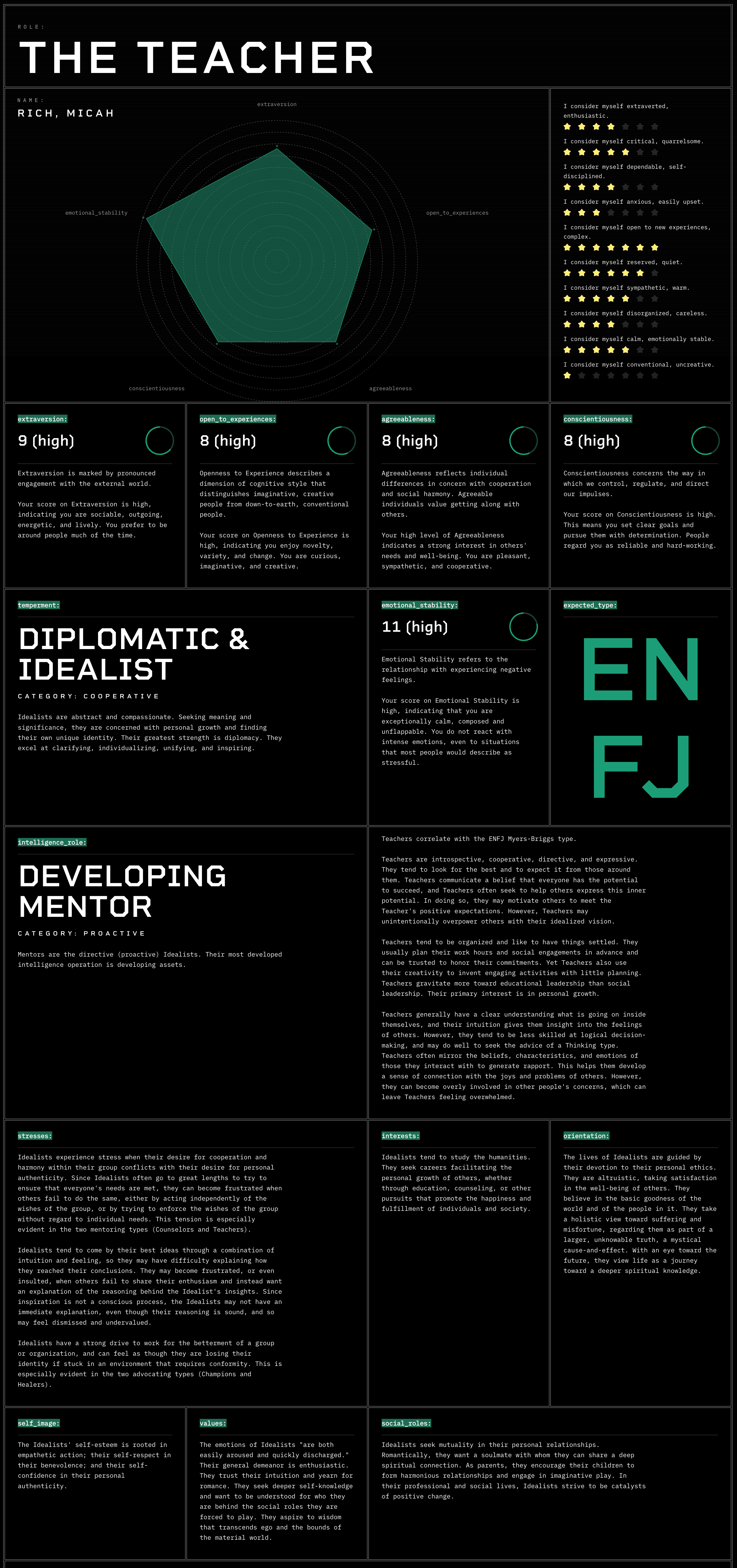
I wanted to create a moment where people felt truly understood. You answer a few simple questions—how introverted are you, how do you handle stress—and suddenly you're looking at pages analyzing your Big Five personality traits, Myers-Briggs type, Keirsey temperament.
The gap between what you give and what you get back creates this "how does it know me so well?" feeling. You barely told it anything, yet here's detailed insight about your strengths, weaknesses, how you approach challenges.
I framed it as helping you understand your agent profile—your skills, unique perspectives, potential talents. But honestly, it's screening for compatibility. Can you handle ambiguity? Are you psychologically ready for week-long intensity where you won't know what's real?
"If your evaluation proves beneficial as a potential agent, we'll present you with a chance to book a call with HQ to discuss a real engagement—and possibly design a mission just for you."
Another layer of luxury friction. Not everyone gets accepted. Not everyone should.
ARIES INTERNATIONAL - OPERATIONAL DASHBOARD

This one's different from the terminal or dossier. You don't really interact with it—you mostly just watch. A rotating globe with agents going active in Tokyo, going dark in Berlin, getting compromised in São Paulo. Operations starting and ending constantly. You can hover over locations and the globe spins there, but mainly it's just... happening. All this activity unfolding whether you're watching or not.
Honestly, I'm not entirely sure how it fits into the actual experience yet. But it does something important: it builds out the mythology. The feeling that this organization exists, that there's infrastructure and operations and history behind what you're stepping into.
Spy fiction works because of that weight. MI6 has been operating since 1909. The CIA has decades of covert operations. When you take a mission, you're entering something that existed before you and will continue after. Without that sense of scale and ongoing narrative, you're just solving puzzles in a room.
Luxury brands understand this instinctively. When Hermès hands you a bag, you're not buying an object—you're joining 180 years of craft heritage. The story existed before you. It'll exist after. That mythology is what creates significance.
I built this because I needed to see what that mythology feels like for The Game. What it looks like when ARIES INTERNATIONAL is operating globally, when your mission is one small piece of something vast. It keeps me connected to the vision while I figure out how the pieces actually fit together.
I keep thinking about how far this could actually go.
Picture this: A small gallery opens in Manhattan. Contemporary art space, maybe twenty pieces, nothing flashy. It gets listed on Google Maps. Someone writes a review on Yelp. Visitors trickle in throughout the week—tourists, art students, locals killing time. It exists in the world like any other gallery.
But it's not real. It's ours. We're running it for a month, building legitimacy, establishing it as part of the city's fabric.
Then you get the briefing. Your target is a specific painting in that gallery. Intelligence suggests it's being used for money laundering—auction records don't match provenance, buyer networks tie to shell corporations.
Your mission: acquire it.
You spend a week doing reconnaissance. Visiting as a casual patron, noting the security cameras, the staff rotations, when the gallery is busiest and when it's nearly empty. You study the layout. You notice the back door has a ten-second delay before the alarm triggers—just long enough if you move fast. Every detail matters because you believe it's all real.
Then you execute. Maybe you create a distraction. Maybe you slip in during a private event. Maybe you forge credentials and walk out the front door with the painting under your arm, bold as daylight. The adrenaline when you pull it off—when you're walking down a Manhattan street with stolen art, looking over your shoulder, heart pounding.
That night, you're back in your hotel room. You turn on the television. And there it is: the local news covering the theft. Gallery owner being interviewed. Investigators at the scene. Security footage of someone—you—entering the building. The painting is missing. The investigation is ongoing.
You're watching yourself on the news. The world thinks it's real. The gallery owner giving statements, the reporters speculating about who could have done this, why, where the painting might surface next. Everyone else sees a crime. You know it's theatre. But the line between the two is so thin you can barely see it yourself anymore.
That's the scale I'm imagining. Not an experience you have and then leave—an experience that bleeds into the world, that has ripples, that you can watch unfold on the news even after it's over. You're not just participating in a story. You're creating one that exists in real space, with real stakes, real adrenaline. The kind of immersion where you stop asking what's real and just exist inside the narrative.
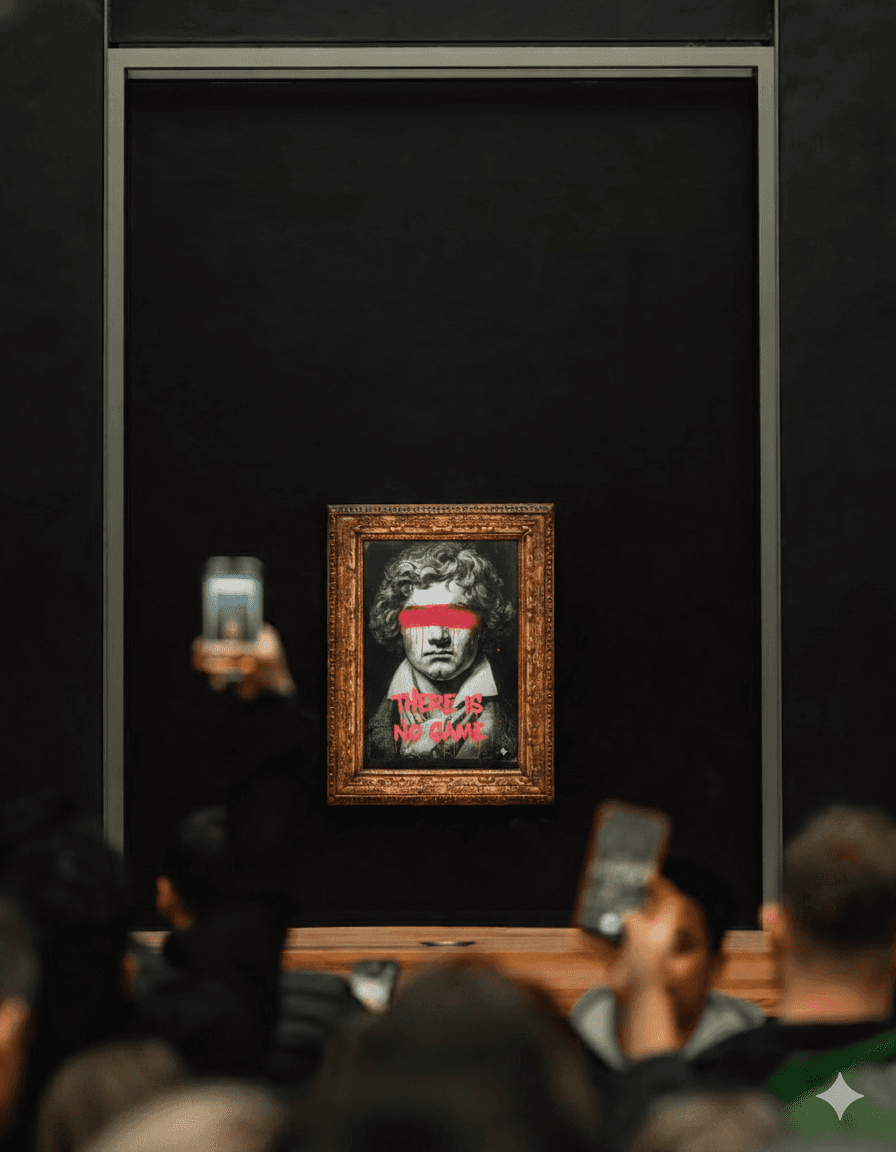
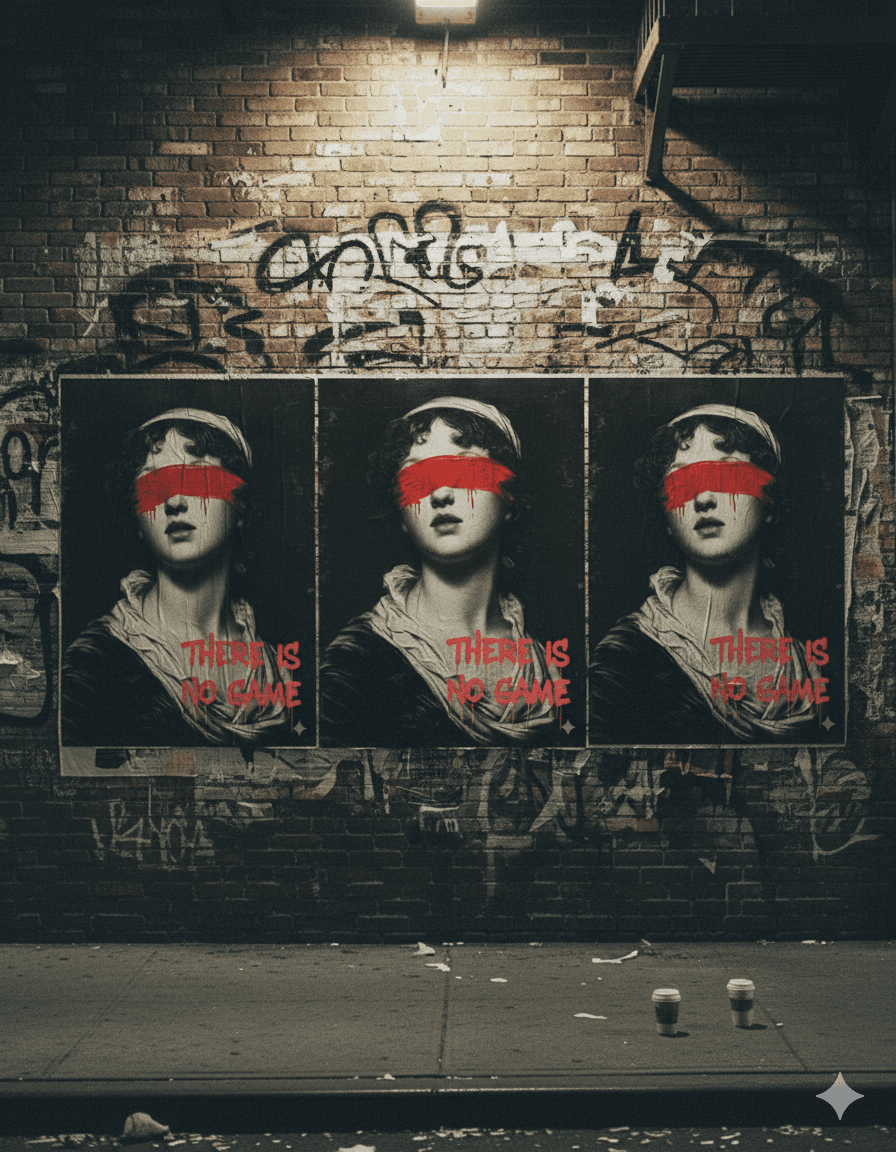
This is what I think luxury hospitality could be when you refuse to compromise. Not polishing existing experiences—reimagining what's possible when belief is the only requirement. When you design as if the constraints don't exist, then figure out how to make it real anyway.
That rebellion against inauthenticity I started with? This is where it leads. Creating experiences so immersive, so carefully orchestrated, that for a few days you live inside a film. And unlike any film, you're not watching the hero—you are the hero. The world is the set. The story is yours.
That's The Game.
Project Details
- Brand identity and materials — 2019
- Psychological profiling system — 2022
- Terminal interface mission (Amsterdam) — 2023
- Operations dashboard — 2025
- Multi-day immersive experiences
- Bespoke missions designed for individual participants
- Global network of Safe Haus properties and venues